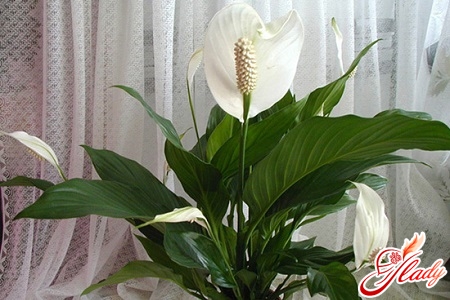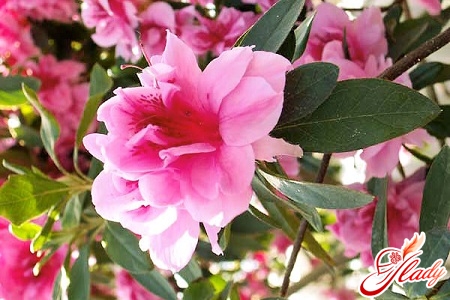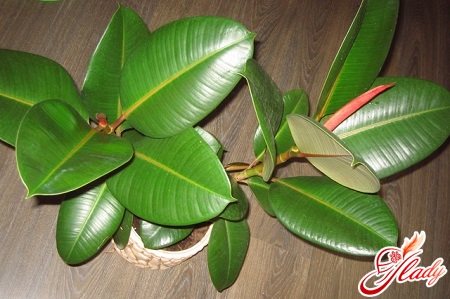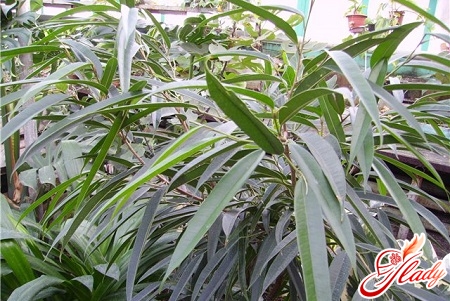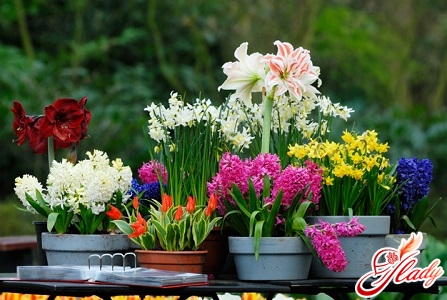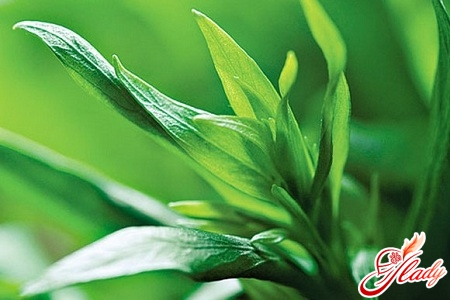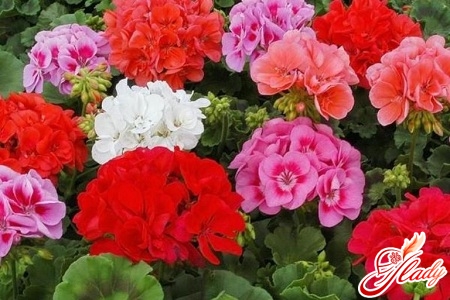 With the advent of new garden centres, the fashion forHouseplants change faster than clothes. Every year, more and more exotic plants appear on the shelves of these stores, which you just want to decorate your home with. But there are houseplants whose popularity is not affected by fashion. Geraniums, which were grown on our grandmothers' windowsills, belong to such houseplants. However, recently many species of plants belonging to the geranium family have appeared. And pelargonium is one of them. It is this plant that raises the popularity of geraniums to a great height today. The most popular among geraniums are garden pelargoniums, or so-called "flowering geraniums". They feel great not only in the garden, but also on a sunny windowsill. Among these species, there are those that delight with their flowering, and those that are bred for the beauty of their leaves. If you see this plant in real life, you will certainly be interested in how to grow geraniums at home. Thanks to its healing qualities and unpretentiousness in care, geraniums have long been one of the most popular houseplants. In folk medicine, it is used to treat the gastrointestinal tract, nervous disorders, and kidney stones. A century and a half ago, this plant gained popularity and began to be grown in gardens and greenhouses. Then many new varieties appeared, and geraniums began to be grown at home. Now indoor geraniums grow in almost every home. They please their owners with abundant flowering throughout almost the entire year and, according to popular belief, protect the family from evil forces.
With the advent of new garden centres, the fashion forHouseplants change faster than clothes. Every year, more and more exotic plants appear on the shelves of these stores, which you just want to decorate your home with. But there are houseplants whose popularity is not affected by fashion. Geraniums, which were grown on our grandmothers' windowsills, belong to such houseplants. However, recently many species of plants belonging to the geranium family have appeared. And pelargonium is one of them. It is this plant that raises the popularity of geraniums to a great height today. The most popular among geraniums are garden pelargoniums, or so-called "flowering geraniums". They feel great not only in the garden, but also on a sunny windowsill. Among these species, there are those that delight with their flowering, and those that are bred for the beauty of their leaves. If you see this plant in real life, you will certainly be interested in how to grow geraniums at home. Thanks to its healing qualities and unpretentiousness in care, geraniums have long been one of the most popular houseplants. In folk medicine, it is used to treat the gastrointestinal tract, nervous disorders, and kidney stones. A century and a half ago, this plant gained popularity and began to be grown in gardens and greenhouses. Then many new varieties appeared, and geraniums began to be grown at home. Now indoor geraniums grow in almost every home. They please their owners with abundant flowering throughout almost the entire year and, according to popular belief, protect the family from evil forces.
How to grow a geranium
If you decide to grow it yourself at homegeranium, then, unfortunately, there are not many options yet. You can either buy a ready-made flowering plant and learn how to care for it, or grow geranium yourself. You can grow it from seeds or cuttings. You can try to find pelargonium seeds and grow your future geranium from them. But keep in mind that from the moment of planting the seeds until flowering, about five to six months pass. In addition, pelargonium seeds germinate quite slowly and poorly. And finally, it is not always possible to find pelargonium seeds in the store. Cuttings for breeding geranium at home are more preferable. To do this, you need to cut off the apical shoots of an adult plant 7-8 cm high with four to five leaves. Then remove the two lower leaves and place the cuttings in water. You can simply dip the cuttings in a root stimulator and plant them in soil in which garden soil, peat and sand are mixed in equal quantities. With good lighting and room temperature, the cuttings should take root quickly. From one adult plant, you can get from five to fifteen new ones in this way. By the way, such pruning is also beneficial for an adult bush. All types of geraniums are easily propagated by cuttings throughout the year, but the most favorable time for cuttings is early spring - February-March - or late summer - July-August. When cuttings are taken, the cut cuttings are slightly dried out, and then, after planting in a substrate, they are kept dry, that is, they are not sprayed and rarely watered. After rooting, the sprout is pinched.
Care for geraniums
Caring for home geraniums is very simple. They do not require much attention, but will delight you with the beauty of their flowering almost throughout the entire year.
- Lighting
Geranium is a very light-loving plant and, unlike its fellows, is not afraid of direct sunlight. If there is insufficient lighting, then geranium loses the brightness of the color of both leaves and flowers.
- Temperature conditions
To grow geraniums, a moderate temperature of up to 18-20°C is required. In winter, it is advisable to provide it with a lower temperature, but not lower than 8-10°C.
- Watering
In summer, geraniums require abundant watering, and in winter -moderate. It is advisable to drain excess water, because stagnant moisture leads to root rot. Geranium accumulates moisture in its leaves, so overwatering is more dangerous for it than lack of moisture. Spraying geranium is not required.
- Additional fertilizing
The plant is fed once or twice a month with universal fertilizers. There are special fertilizers for geraniums, so it is preferable to buy them.
- Substrate
A universal soil mixture is suitable for geranium, but this plant needs good drainage, because stagnant water is very dangerous for it.
- Transfer
If the pot becomes too tight for the plant, thenit needs to be replanted in the spring. Otherwise, it is enough to limit yourself to replacing the top layer of soil. To do this, remove about two centimeters of soil and add fresh soil mixture.
Diseases of geraniums
With proper care, geraniums rarely get sick.But even if this happens, the plant can be easily saved by providing it with the necessary help in time. Diseases of indoor geraniums are a consequence of poor or improper care - insufficient lighting, high humidity of the air and roots. But there are also viruses that can affect your geranium through the soil. Therefore, the soil must be sterilized when replanting. The most dangerous diseases for geraniums are nematodes, since when affected by this scourge, the plant dies. A characteristic sign of the disease is the formation of large nodes on the roots. Such soil becomes generally unsuitable for growing any plants. Fungal diseases such as gray and root rot, rust, etc. are also dangerous for geraniums. They are most often a consequence of poor drainage and over-watering. Geraniums also have pests - aphids, mites and whiteflies. You need to fight them in the usual ways. Washing the plant with a solution of laundry soap is suitable for aphids. To get rid of spider mites, wash the crown of the geranium thoroughly with running water. Whitefly is a serious pest similar to aphids, which is not so easy to deal with. Dry hot air promotes the development of this pest, and the most significant harm is caused by the larvae. They are located on the lower surface of the leaves, sucking out all the juices from the plants. At the same time, they pollute the leaves with sugary secretions, on which sooty fungus develops because of this. This interferes with the normal development of the plant. The leaves turn yellow, dry out and then fall off. Whitefly adapts to poisons very quickly when treated with poisons, so to get rid of it, you need to alternate different drugs. For example, Fufanon, Actellic, Confidor and Zubr. Carefully read the instructions on the package. It is very difficult to fight whitefly, so you should simply prevent its appearance.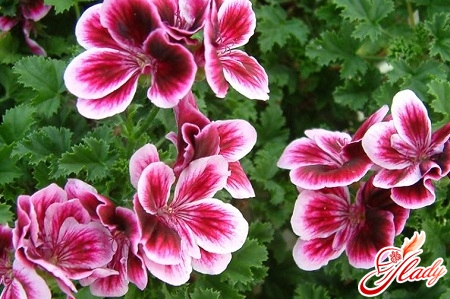
Possible problems in growing geraniums
- The lower leaves of the plant fall yellow, and then fall off. Possible causes may be lack of light, insufficient or excessive watering. With a lack of light, the leaves simply turn pale, and their shape and appearance does not change. In this case, you just need to ensure that the plants are refreshed. When there is insufficient watering, the tips of the leaves dry, and in the case of excessive watering, the leaves fade, and then rot.
- Blotch the edges of the leaves. This means that the plant is cold and should be moved to a warmer place.
- Geranium does not blossom. This happens either with a lack of light, or at too low a temperature.
Knowing all the secrets, you will easily grow a very beautiful geranium. We recommend reading:




